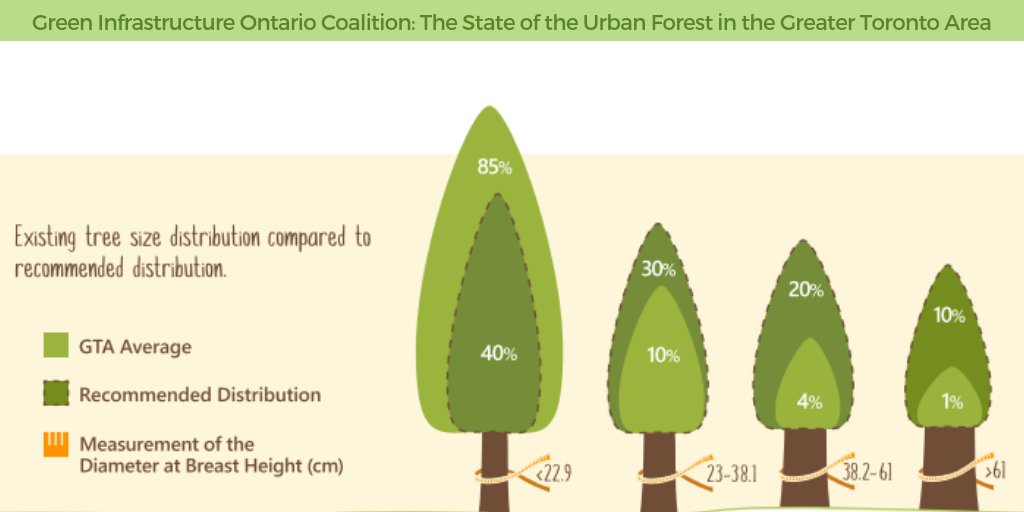Signs It's Time For Tree Removal: How To Determine Dangerous Trees
Signs It's Time For Tree Removal: How To Determine Dangerous Trees
Blog Article
Write-Up Created By-Troelsen Butcher
When it involves tree care, acknowledging the signs that it's time for elimination is crucial for your safety and building. You may observe discolored leaves, wilting branches, or odd fungal developments suggesting health problems. Architectural problems, like a substantial lean or splits in the trunk, can likewise position dangers. Comprehending these indication can aid you make notified decisions concerning your trees and avoid prospective hazards lurking in your lawn. What should you seek following?
Indications of Degeneration and Illness
When you discover signs of degeneration and illness in your trees, it's important to act swiftly. Try to find tarnished leaves, wilting branches, or unusual developments like fungi. These can suggest that your tree is battling.
If you see fractures in the bark or soft, mushy timber, these signs suggest inner degeneration. Furthermore, How To Prune A Lemon Tree in parasites around your tree can indicate that it's weakened and susceptible.
Check for any kind of dead or dying limbs, as they posture a threat to your building and security. If you're uncertain about what you see, consulting an arborist can provide clearness.
Addressing these signs early can conserve you from extra substantial damages and make sure the wellness of your backyard. Don't wait up until it's too late.
Structural Instability and Leaning
As you observe your trees, watch out for any kind of indicators of structural instability or leaning. If a tree leans dramatically, it may indicate that the root system is endangered.
Search for any cracks in the trunk or soil around the base; these can signal possible failing. Additionally, look for uncommon growth patterns, like an unbalanced crown, which might recommend that the tree is struggling to hold itself upright.
If you observe that the tree favors your home, power lines, or various other frameworks, it postures a better danger. Do not overlook these signs-- consult an arborist to analyze the situation.
Acting early can prevent costly damages and guarantee your safety and security.
Dead or Perishing Branches and Foliage
If you see dead or dying branches and foliage on your tree, it's a clear sign that something's incorrect.
These unhealthy locations can show underlying problems like condition, parasite invasions, or ecological stress. When branches lose their fallen leaves or turn brown, they're no more contributing to the tree's health and wellness. Disregarding these indicators can cause more decrease, making your tree more hazardous.
visit the up coming website can conveniently break short during storms, positioning a risk to building and individuals close by. It's important to assess the level of the damage.
If the issue influences a substantial part of the tree, take into consideration seeking advice from a professional. They can aid establish if removal is necessary to guarantee safety and preserve the elegance of your landscape.
Conclusion
If you see any type of signs of decay, architectural instability, or dead branches on your trees, do not neglect them. These signs can pose major security risks to you and your home. It's constantly best to speak with a professional arborist who can offer a specialist evaluation of your trees. Doing something about it early can avoid crashes and costly damages, ensuring your landscape remains safe and healthy. Remember, it's far better to be aggressive about tree care than to wait for a calamity to happen.
